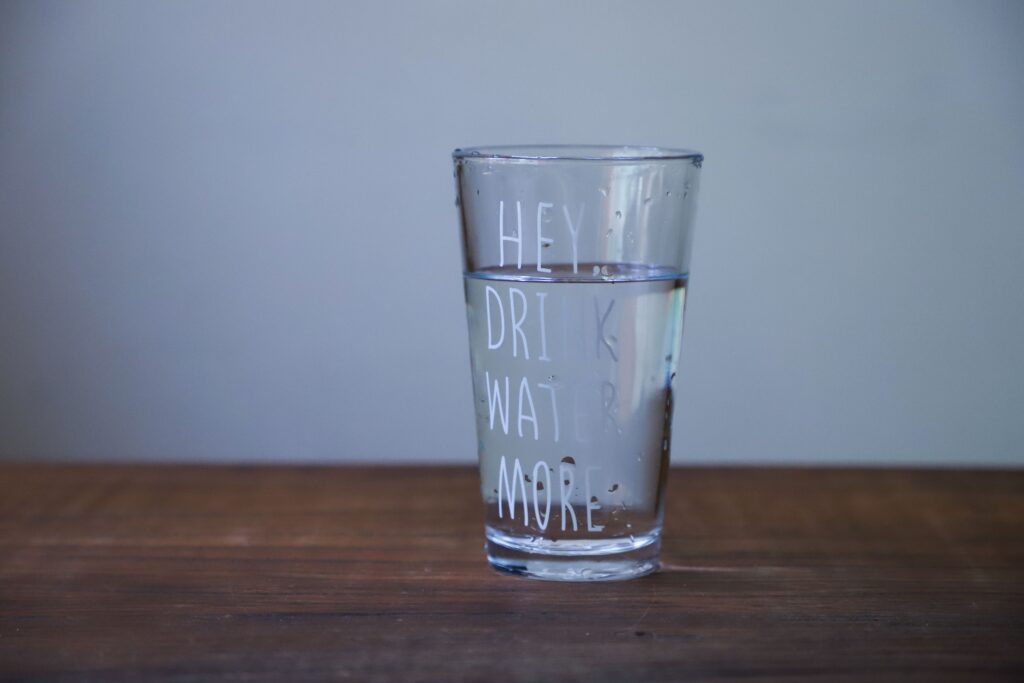

The experience of your period is not quite what the advertisements make them out to be. It can be a barely noticeable experience and it can also be the worst physical experiences you go through at least once a month between your child bearing years and menopause.
While some people who get their periods may endure little to no pain or discomfort, others writhe in unbearable pain for the first few days of their period or for the entire duration. For the ones who feel excruciating pain, you probably have dysmenorrhea.
Dysmenorrhea (more commonly referred to as menstrual cramps) is the medical term used to classify painful menstrual periods. It happens because your uterus contracts to shed its lining. The pain typically begins just before your period and subsides after a few days. It is often categorised in two ways: primary dysmenorrhea, which refers to recurrent pain with no identifiable cause, and secondary dysmenorrhea which results from conditions such endometriosis.

In addition to cramping, you might have other symptoms, such as nausea, fatigue and diarrhea. It’s most common to have menstrual cramps the day before or the day you start your period. For most people, symptoms subside after about two or three days.
Mild to moderate menstrual cramping is normal. But some people have such severe pain during their period that it interferes with their day-to-day life and prevents them from doing things they enjoy. Medication and other treatments can help with painful periods.
If you have painful periods, you may feel:
- Aching, throbbing pain in your abdomen (pain may be severe at times)
- Feeling of pressure in your abdomen.
- Pain in your hips, lower back and inner thighs.
- Other symptoms like nausea, dizziness and headaches.
To relieve your period pain, here’s a list of some approaches you can take.

Drink some tea
Apart from it being the cliche solution to any ailment, teas have been used and generally does a good job in combating menstrual pain. You can start sipping whatever tea gives you relief a week or so before you anticipate your period and you may notice that the pain subsides or is more manageable. Many herb or root teas have soothing effects but here are a few.
Ginger, turmeric, or even peppermint may help. You could also try the soothing and calming chamomile tea. Chamomile increases urinary levels of glycine and that helps relieve muscle spasms and acts as a nerve relaxant.
Tip: Speak with your health care provider before trying these remedies. Make sure the herbs and roots won’t interfere with any medications you’re taking.

Apply heat with a heating pad or hot water bottle
Curling up with a heating pad or a hot water bottle can help ease menstrual cramps. Heat helps muscles relax and increases blood flow to tissues. If you prefer other forms of heat, you can also take a warm bath or use a hot towel.
Exercise
Trust the process. When you’re in pain, exercise may probably be the last thing that’s on your mind but it helps. Exercise tends to increases blood circulation, which helps in the reduction of cramps. The types of exercise most likely to be helpful in relieving period pain include gentle, low-impact aerobic exercises, such as walking, swimming or even yoga.

More vigorous exercise such as running or other forms of cardio may also help, as it makes your body release endorphins, which tend to lower your perception of pain.
Consume healthier food options
You may have cravings, but avoid foods and drinks that typically cause bloating and water retention. Some culprits include alcohol, carbonated beverages, caffeine, and salty foods. Instead, opt for caffeine-free ginger or mint beverages flavored with lemon. When you feel the need for a sugar fix, snack on sweet fruits like strawberries, raspberries (or in season, easily accessible fruits).

Reduce your fat consumption and increase your vegetable intake.
A diet low in fat tends to decreases the inflammation in your body. Additionally, it promotes overall good health. Swap out unhealthy saturated fats and choose healthier unsaturated fats (such as olive oil). As best as possible, go for low-fat or fat-free dairy products as well.
You want to maximise on the nutrients you consume. So get your fill of vitamins E, B1, and B6 as well as magnesium, zinc, and omega-3 fatty acids. They help to reduce muscle tension or inflammation.
You can get these nutrients by eating food like:
- Green leafy vegetables
- Nuts
- Fatty fish such as tuna and salmon

Drink more water
As much as drinking eight to 10 glasses of water a day beneficial to your digestive health, it may also help to alleviate the pain that is sometimes associated with bloating. As ridiculous as it may sound, drinking more water can help prevent your body from retaining water and avoid painful bloating. You can try to drink warm which is better for cramps. Think of it as tea without the herbs or the roots.
You can also eat foods that are water based including celery, lettuce, watermelon, or cucumbers.
Bear in mind that if you are dehydrated, the muscles in your uterus may cramp more which will cause you more discomfort.
Though these tips are for the purpose of relieving your period pain, applying them to your life makes for a more health conscious lifestyle. Give these options a try and see if your pain is relieved in the slightest. Bear in mind that change is not instant, so give it some time before tossing the ideas out.
To medically treat severe menstrual cramps or other associated symptoms, it is best that you consult with your doctor and identify the appropriate course of treatment.
Send feedback to [email protected]







Comments